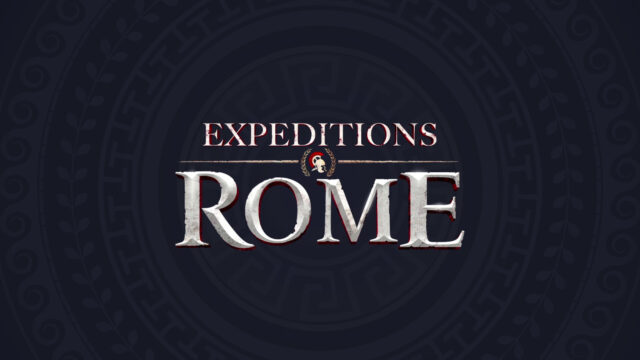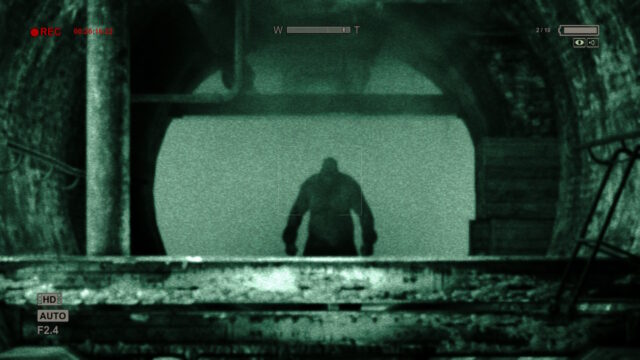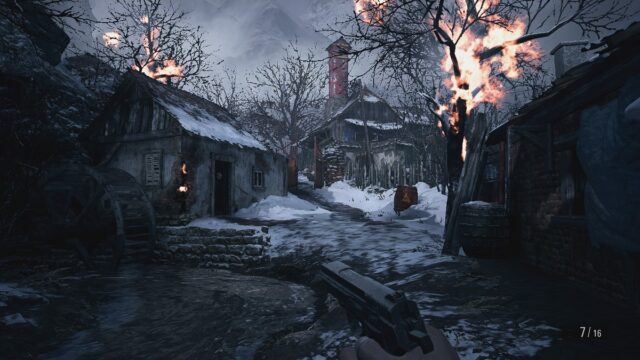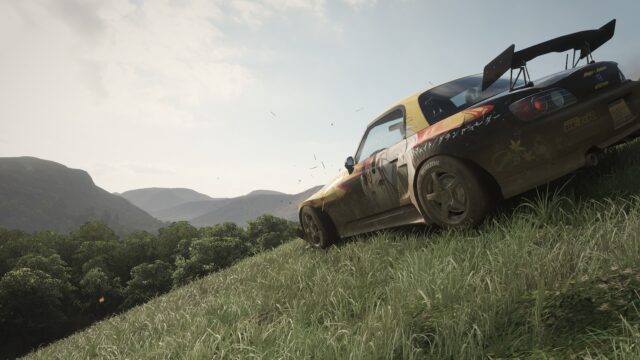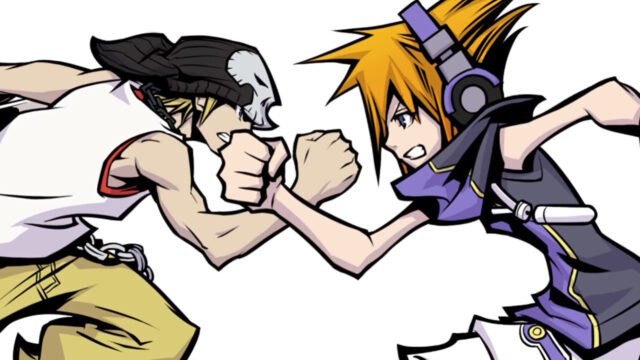Splatorama! Splatoon 2 Review

The more big and potentially immortal multiplayer games come out (and there have been quite a few of them lately), the more their conciseness is valued. We used to be happy that matches in Counter-Strike: Global Offensive lasted up to one and a half hours – but now, when any shooter can spread out into full-length battles, we want the opposite. We want the same thing that Overwatch, annual Call of Duty or even the ubiquitous “PUBG”, only in a compact format. So that you can feel the competitive spirit, get your share of fun, and not spend the whole evening on it.
That’s why Splatoon 2 came in handy. Nintendo, better than many others, caught the connection between Brevity and Talent and released the most time and place independent online novelty, without sacrificing any component of a good game.
Taking into account the modest sales and equally modest popularity of the Wii U, which became the only haven for the original, it is probably worth bringing the wide-eyed audience up to speed. Splatoon, both the first and the second, is a game about battles between inklings, humanoid squids who shoot each other with ink and try to cover the majority of the arena with their team’s color. They move faster, replenish ammunition, and heal in their allies’ ink, while they struggle and take damage in the enemy’s ink. And then dancing cats determine who is the winner and who is the loser! Cool, right? Right?..


Well… yes. On words, it probably sounds childish, but in reality, it captivates even more than adult colleagues. The mechanics are incredibly easy to learn, and the core idea gives it depth, putting territorial superiority at the forefront instead of the usual frag-based leadership. Ink is a universal tool for defense, attack, movement, and manipulating space as a whole. Thanks to it, hundreds of diverse scenarios are played out on practically sterile designer maps, from direct confrontations to ambushes, sniper duels, and all-out assaults.
The arena itself is like a blank canvas. Spawn points and a rough logical center of the match are marked on it, of course, but the actual layout depends on the players and the weapons they choose. They draw their own bypass routes using rollers, cut off entire areas with random splashes of blasters, control advantageous positions by splattering them with ink, and collectively push the front line. Sometimes, there is no front line at all, and teams fight over scattered ink splotches, futilely trying to connect them.
Splatoon 2 has expanded the arsenal of its predecessor for a reason and regularly adds to it – each new weapon changes the game’s character beyond recognition. Add to this a whole bunch of clothing items with their own effects, and there are so many combinations that even the classic “Turf War” mode continues to surprise after dozens of hours, not to mention more meaningful modes, including a local equivalent of escorting a minecart and something resembling Mutant from Unreal Tournament. This is where there is ample room for tactical experiments.
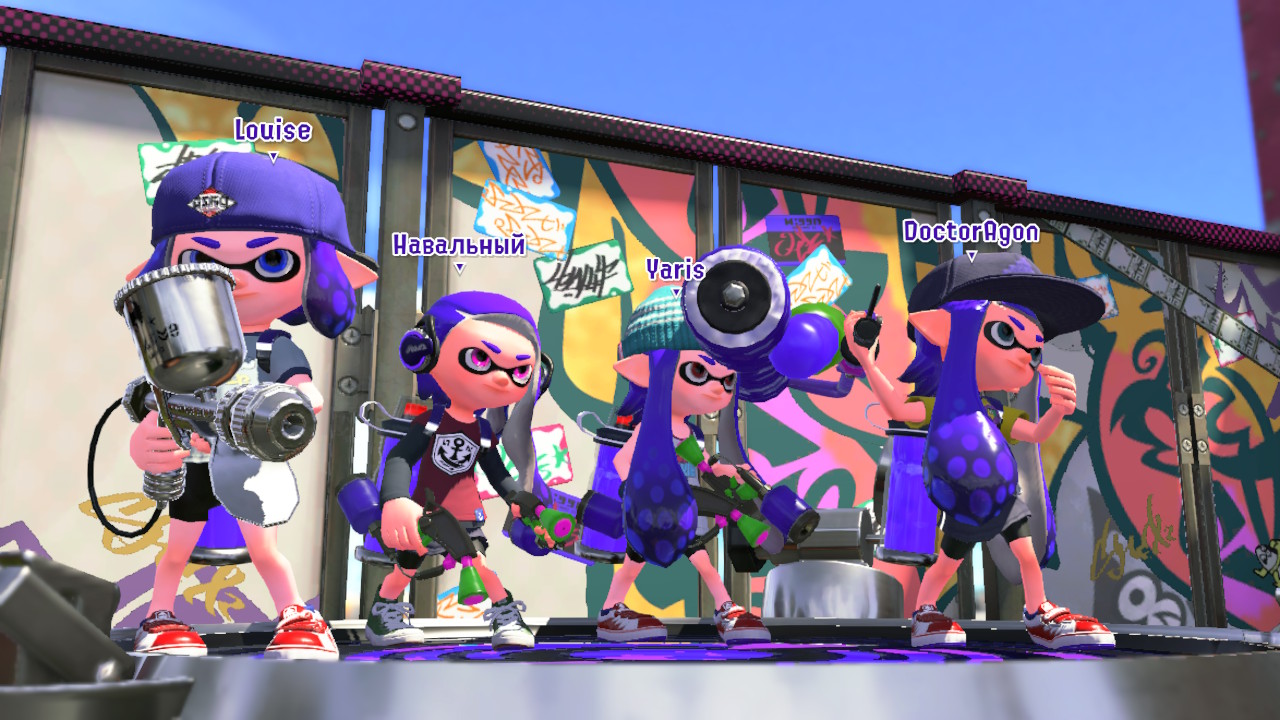
He is not a squid to you.
The most pleasant thing is the funny duration of the matches. No clash, no matter how intense it may be, will take more than five or six minutes, but during this time the game provides a full multiplayer experience that is exciting and dynamic. There will be swift one-on-one shootouts, massive brawls, spontaneous comebacks, and desperate last-second attacks with spectacular comebacks. Everything as it should be.
Combined with the mobility of the Switch, this is doubly convenient. «Zelda» or even Mario Kart 8, which you can’t start anywhere, while Splatoon 2 easily fits into the busiest schedule and fills seemingly insignificant time intervals. You can distract yourself with it anywhere and anytime, even to the point of absurdity. Everyone has already tried it on planes, buses, and queues – but how about playing a round, let’s say, during warm-up before a match in CS:GO?
By the way, there’s no need to worry about the quality of the connection at all. Field tests have shown that you can remain the coolest squid in the neighborhood, hanging out on just a single division of public Wi-Fi.
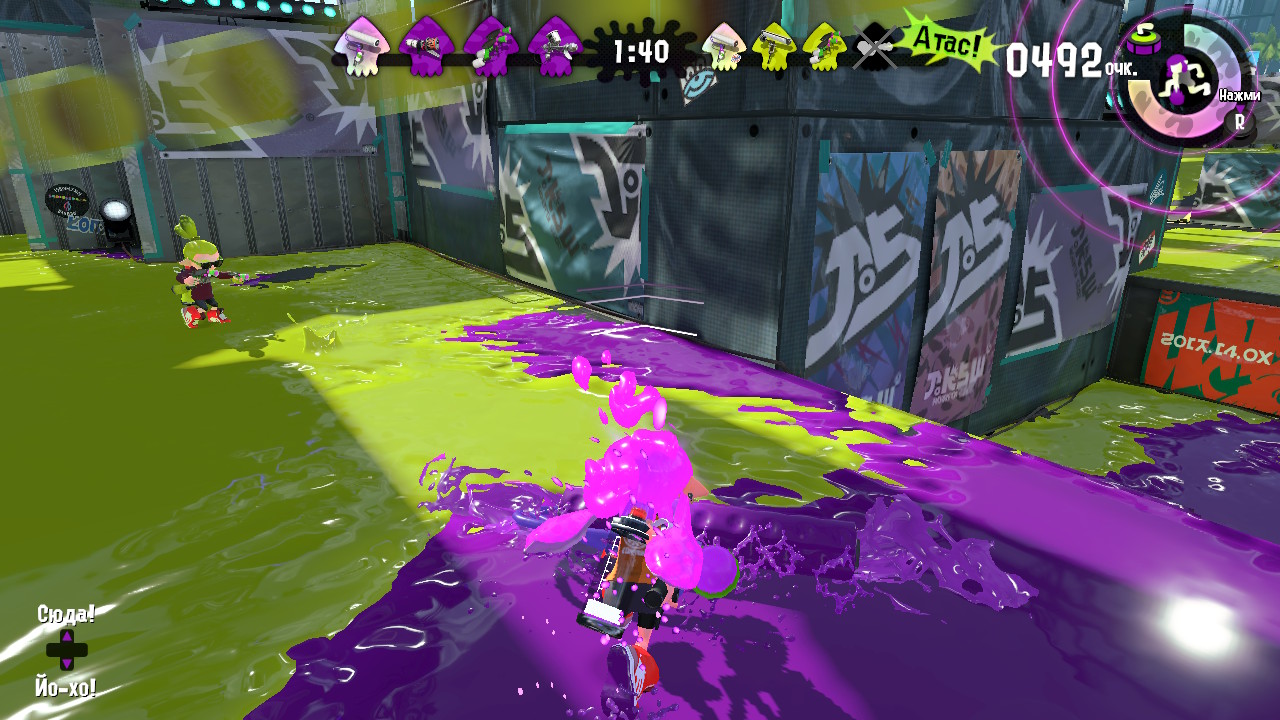

However, the transition to the new platform brought about a couple of questionable changes in management. Firstly, the bulky Wii U gamepad display disappeared, along with the convenient mini-map that allowed you to assess the situation on the battlefield at any moment. Now, the level plan is not only accessed by pressing a separate button, but also takes up the entire screen literally, which feels a bit strange against the backdrop of the overall interface evolution.
Secondly, the default camera movements are now controlled by the gyroscope of the Joy-Con. It wouldn’t be a problem, except that for some reason, the vertical axis of the analog stick is blocked. The technology is sometimes indeed useful (especially when you need to quickly turn around), but still not enough to replace the standard aiming methods.
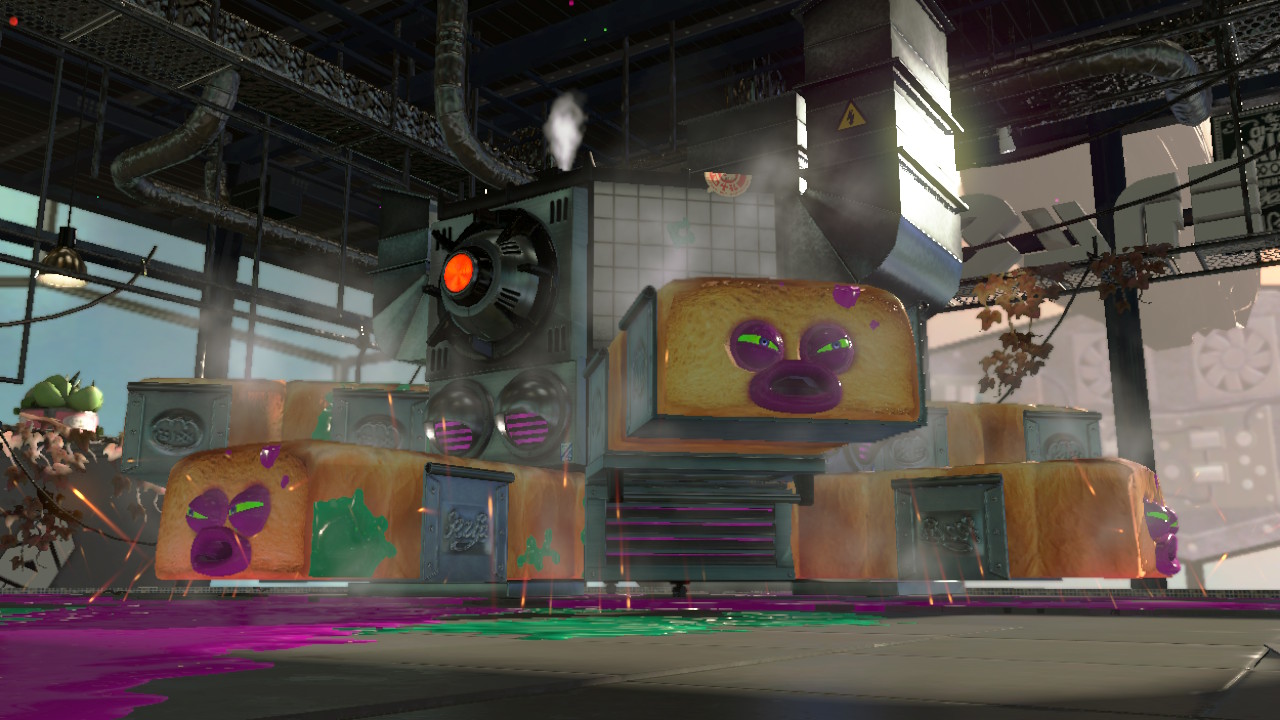
His name is, just so you know, ZAPEKANISHCHE.
You can get used to the new management system in single-player mode, which has noticeably improved over the past two years and no longer resembles a prolonged tutorial for multiplayer. Even those who haven’t played the original game risk not understanding numerous references in the plot, but the six-hour campaign offers a solid and interesting platformer, so there’s no need to worry about that. Splatoon 2 introduces its mechanics slowly and carefully, but then presents a series of complex levels where all the common elements like sliding on rails and moving platforms come together in inventive challenges, making it a pure pleasure to play. And finally, they allow you to bring your own weapons!
Another important innovation is the cooperative mode. Salmon Run In it, a squad of four players defends themselves against crazy fish, waves besieging the tiny arena. The defenders’ task is not only to survive the wave, but also to collect the specified amount of eggs that fall from particularly large enemies.
It must be said that in terms of intensity, Salmon Run is hardly inferior to competitive battles, and in terms of difficulty, it even surpasses them. It is no longer possible to sit in a safe place – the conditions force constant risk-taking, splitting up with comrades, and throwing oneself into enemy ink in the hope of carrying the unfortunate egg to the end of the timer. Random changes in active equipment add fuel to the fire, which does not always coincide with the bosses’ vulnerable spots, so coordinated action is necessary, otherwise the tentacles will tear you apart in no time. And the boss will scold you…


Some people use the in-game hub as a dating club.
And here comes the first big “OOPS”. So big that He could be seen even before the release of Splatoon 2. Japanese people implemented voice chat not just anywhere, but in the official Switch Online mobile application, which, by the way, requires the latest software for installation, not to mention an additional pair of headphones if you somehow want to hear both your comrades and the game itself. The solution to the latter problem, of course, lies in purchasing the official Hori headset, which cleverly mixes sound from two devices – but hardly anyone would want to spend an extra $30 just for the opportunity to discuss the intricacies of catching ink with strangers.
The only ones who can compete with Nintendo engineers for the title of “Confusion of the Year” are their own game designers who came up with the number two “Oops” – the schedule of arenas and modes. You can’t just take and play, for example, “Tower Control” in your favorite gym “Krevet!”: the active mode changes every two hours, so you need to catch the moment when this particular combination comes into rotation – and no other way. By the way, Salmon Run also starts strictly at a certain time set by the developers.
Probably nothing else could contradict the nature of Splatoon 2 so strongly, an otherwise perfect game for spontaneous sessions on the go. If, God forbid, you are regularly occupied with household chores like work or personal life – well, no big deal, you will just miss half of the available maps and won’t be able to play the wonderful cooperative mode. Get used to the fact that no one will take your daily schedule into account here.
The same was true for the first Splatoon, but in a stricter form (rotation every four hours instead of two), and back then, not many people liked it either. We can only guess what fate has befallen the sequel with a similar punishment.
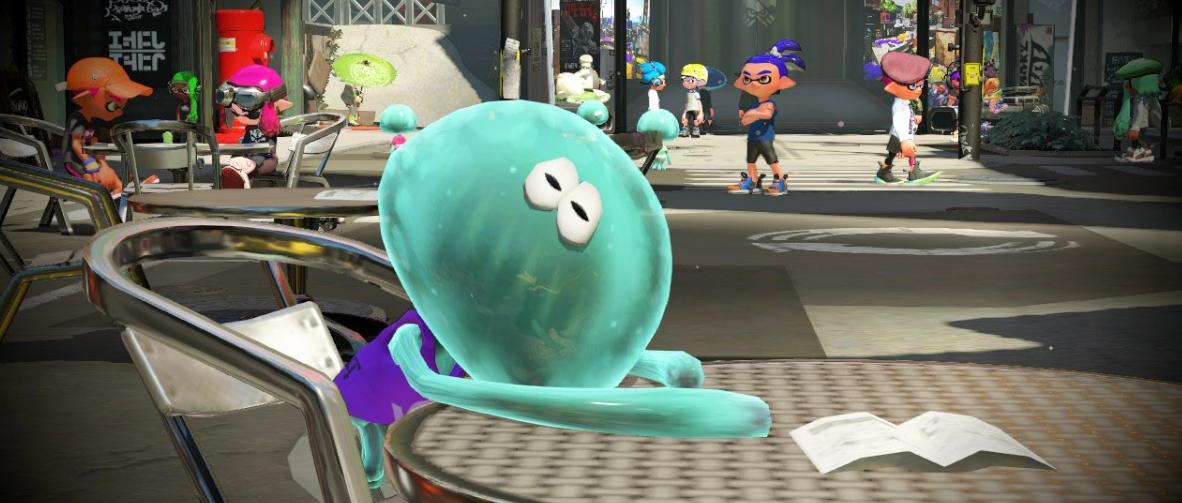
However it may be, Splatoon 2 is wonderful. There is no similar online product on the modern market that is as witty, concise, vibrant, and friendly. The game values moments of genuine fun and elevates the fan factor to the absolute, which instantly fills you with the warmest of feelings, despite its sometimes strange antics.
And the outward infantility turns out to be quite appropriate. With its colorful artistic design and genuinely naive humor, it only fuels a range of dazzlingly positive emotions that are often forgotten in “serious” multiplayer games. Here, players don’t kill each other, they splat each other. How can you not fall in love?
* * *
The first part already turned out to be insanely captivating and unique online shooter. The sequel only needed to make minor adjustments to the proven formula and, most importantly, come out on the right platform – which, in general, it did.
Share
Discuss
More Reviews

